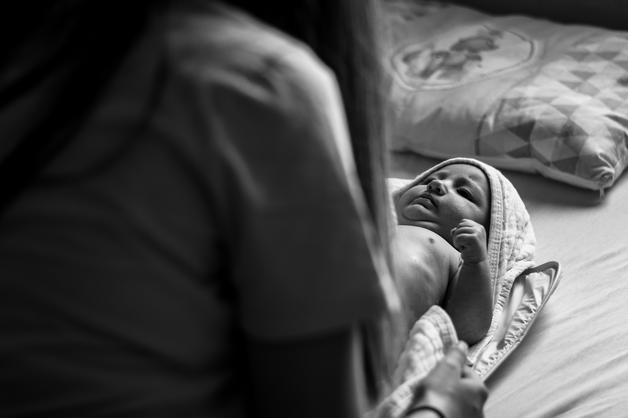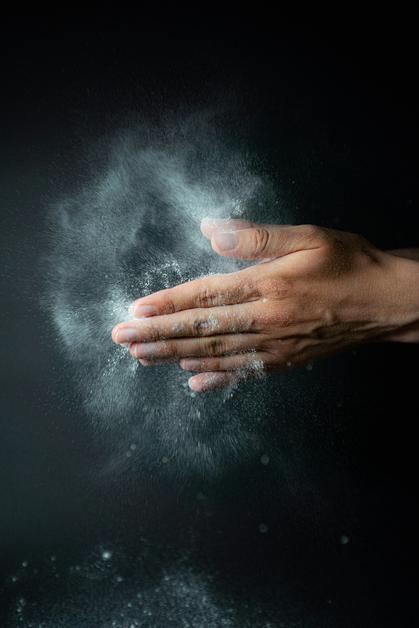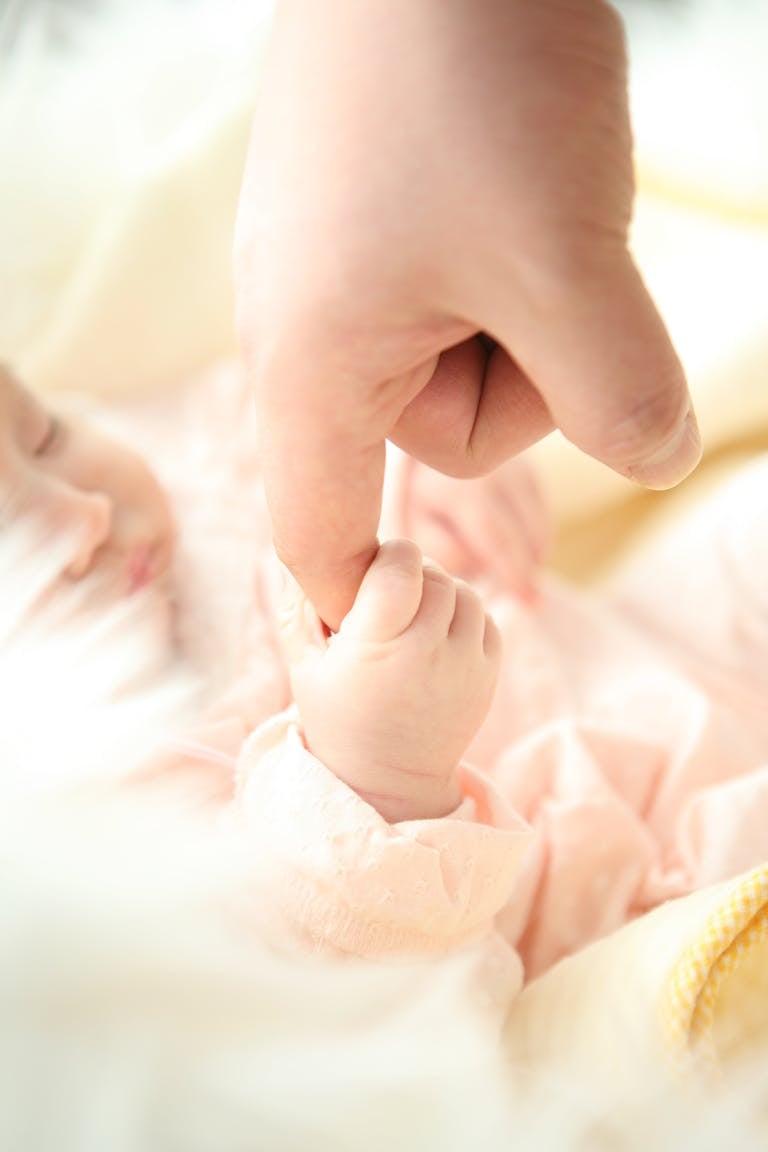Neonatal jaundice. Two words that often spark both mild unease and a volley of questions for any parent cradling a newborn with an unusual golden glow. Why does this yellow tinge surface just days after birth? Is it a sign of normal adjustment or a warning flag waving for urgent intervention? How can you tell if it’s harmless or veering toward something more serious? Every parent looks for clarity—and reassurance—while anxiously monitoring their little one’s skin and eyes for shifts in color. Neonatal jaundice is an experience both common and bewildering, driven by biology yet demanding attentive care, so understanding the science and the practical steps is key. This deep dive unpacks the causes, signs, diagnosis, treatments, and prevention strategies, blending empathy and medical rigor to empower each parent’s next step.
What is neonatal jaundice? Frequency, recognition, and immediate concerns
Neonatal jaundice is not rare. In fact, it’s remarkably prevalent, touching about 60% of full-term newborns and a striking 80% of preterm babies within the opening week of life. At its heart, neonatal jaundice reflects the body’s tussle with hyperbilirubinemia—an excess of bilirubin (that yellow pigment) in the blood. Why the surge? Bilirubin emerges from the hurried breakdown of red blood cells as babies transition from womb to world, and a newborn’s brand-new liver is still finding its footing to handle this workload.
Notice something off-color in your baby’s cheeks or eyes? Neonatal jaundice often starts on the face, slowly traveling downward, and may show up as early as day two or three. Babies with lighter skin display a telltale yellowing, while for those with deeper skin tones, parents should check the whites of the eyes or beneath the tongue for subtle color changes. Early detection truly matters—when bilirubin levels soar unchecked, there’s a risk of complications that may affect the brain. Key warning signs, such as feeding less energetically, being excessively sleepy, or producing a piercing, unusual cry, deserve immediate attention. Most cases resolve naturally within two weeks, but sustained parental vigilance is the bedrock of safe recovery.
Understanding bilirubin in newborns
Bilirubin isn’t a villain—it’s simply the byproduct when red blood cells wear out and break down. For newborns, this happens at a brisk pace, and because their liver is still immature, processing all this bilirubin isn’t as efficient as it will be in just a few weeks. The result? Bilirubin builds up in the bloodstream, lending that unmistakable yellow hue to vulnerable skin and eyes. The process is natural, if sometimes visually startling.
Common causes of neonatal jaundice
Physiological jaundice: the standard adjustment
Most newborns will encounter what doctors call physiological jaundice—simply the body’s standard response to the newborn phase. Since the liver is still developing its metabolic prowess, it can’t clear bilirubin as quickly as an adult’s would. Typically, this type emerges after the first 24 hours, peaks around days two to five, and gently fades on its own within a week or two.
When does jaundice signal a problem?
Not all jaundice is innocent. Pathological jaundice steps in if the yellowing appears alarmingly early (within the first day), lingers beyond two weeks, or comes with other signs of illness. In these situations, extra vigilance is warranted—rapidly rising bilirubin or persistent jaundice signals a need for further evaluation and potentially immediate treatment.
Hemolytic diseases and blood incompatibility
Now, consider hemolytic conditions—these ramp up red blood cell destruction much faster than normal. The classic antagonists? Blood group incompatibilities (such as ABO or Rh incompatibility), G6PD deficiency (an inherited enzyme issue found more often in people of Mediterranean, African, or Asian descent), or other rare blood disorders. The fallout? More rapid and intense jaundice, often surfacing in those very first hours after birth.
Breastfeeding jaundice versus breast milk jaundice
Here’s a subtle but important distinction. Breastfeeding jaundice typically appears in the first days and has everything to do with insufficient milk intake—so more bilirubin gets reabsorbed instead of leaving the system. Boosting feeds usually solves it. Breast milk jaundice, meanwhile, tends to arrive later (after the first week) and is linked to ingredients in breast milk that modestly slow bilirubin breakdown. Both kinds are usually benign but can puzzle parents and sometimes even providers.
Prematurity, metabolic and genetic influences
Premature babies are more susceptible simply because their liver is even less mature. Add in some metabolic disorders, genetic red cell anomalies, or infections and jaundice can stubbornly persist or flare up more dramatically. Family history often provides important clues.
Risk factors include ethnicity, family history, feeding challenges
Some newborns are simply more likely to develop neonatal jaundice—if they have a sibling who did, if their background places them at higher genetic risk (as with G6PD deficiency), if they were born a bit early, or if they had difficulty with early feeds. Early discharge from the hospital or significant birth bruising can also tip the balance.
Recognizing symptoms: when yellow is more than a color
How jaundice shows on every skin tone
The most visible sign is, of course, yellow discoloration of the skin and eyes. For some, this is obvious; for others, it may only be apparent in strong, natural light. With darker skin, check the eyes, gums, under the tongue, and the soles of the feet.
Alarming signs: poor feeding, limpness, shrill cry
Severe neonatal jaundice can tip into lethargy, listless sucking, sharp, high-pitched cries, fever, limpness or unusual stiffness, or far fewer diapers than expected. These are the signs that shout for assessment, not a wait-and-see approach.
At-home checks: press, observe, repeat
Wondering how to check at home? Place gentle pressure on your baby’s forehead or nose and then release—if the skin looks yellow where you pressed, jaundice is likely present. Always check in daylight. If the yellow expands, darkens, or is paired with odd symptoms, it’s time for expert input.
Diagnosing neonatal jaundice
Physical exam and bilirubin level measurement
Health professionals start with a careful clinical assessment—examining how much of the body has turned yellow, and how deep the hue runs. Non-invasive tools, like a transcutaneous bilirubin meter, offer quick estimates, but a blood test for total serum bilirubin provides a definitive answer.
Sorting the physiological from the pathological
Physiological jaundice arrives a bit later (after 24 hours), peaks, and clears predictably. But if jaundice arrives before the clock has run a day, persists into the third week, or rides along with other worrisome clues (infection, anemia, family history of red cell problems), the scenario demands more scrutiny.
Unconjugated vs conjugated bilirubin: which is it?
Here’s where terminology matters. Unconjugated bilirubin (the indirect type) stems from natural newborn transitions or ramped-up red cell breakdown. Conjugated bilirubin (the direct variant) tells a different story, usually pointing toward liver disease or issues with the bile ducts, and never something to dismiss.
Extra tests: when the story gets complicated
If bilirubin spikes rapidly, arrives suspiciously early or late, or brings other symptoms to the table, healthcare teams may order further tests—blood group typing, a Coombs test (to look for immune causes), tests for infection, G6PD checks, liver function panels, even ultrasound if the diagnosis remains elusive.
Complications and what’s at risk
Why treating severe jaundice can’t wait
Unchecked, extremely high bilirubin levels can cross the blood-brain barrier and damage delicate nerve cells—leading to acute bilirubin encephalopathy (manifesting as floppiness, poor feeding, and sometimes seizures). Ignore it longer, and the rarely-seen but grave danger of kernicterus—long-term brain damage—emerges. Rapid identification and treatment render these outcomes exceedingly rare, and most healthcare systems are well-equipped to prevent them.
Persistent risks if jaundice goes untreated
Long-standing jaundice, left untended, can cast a long shadow—potentially resulting in cerebral palsy, hearing impairment, and developmental challenges. Fortunately, vigilant monitoring and prompt action offer strong shields for most families.
Closer monitoring for high-risk infants
Newborns born too soon, with ample bruising, an early hospital discharge, or a family history of immune-driven jaundice warrant extra bilirubin checks—often within the first days, and even before heading home.
Treatment options for neonatal jaundice
Phototherapy: light as medicine
When neonatal jaundice crosses from mild to marked, phototherapy is the standard care—hospitals employ banks of blue-spectrum lights, which transform bilirubin into a water-soluble form that the body can excrete through urine and stool. Sometimes, with stable and mild cases, families can use fiber-optic light blankets at home with nurse oversight. The approach is safe, effective, and often brings bilirubin levels down within a day or two.
Exchange transfusion and IVIG
Rarely, when bilirubin soars despite phototherapy or if special complications loom (as with significant blood group incompatibility), exchange transfusion comes into play—swapping out the newborn’s blood for donor blood to rapidly clear bilirubin and antibodies. Intravenous immunoglobulin (IVIG) may help if immune causes drive red cell destruction.
Home care: feeding, safe sunlight, and ongoing checks
For mild neonatal jaundice, robust feeding is the frontline remedy—whether breast or bottle, frequent feeds (8–12 times each day) help flush bilirubin with every diaper. Indirect sunlight (indoors, next to a window but out of direct rays) can support the process, but never replaces sound medical advice if you spot worrying symptoms. Observing daily for fading (or deepening) yellow is the parent’s checklist.
Outlook, recovery, and when to expect resolution
With proper care, most neonatal jaundice begins to fade within days after feeding picks up or phototherapy begins. The yellow color recedes from the face last, and few cases linger beyond two weeks. Scheduled follow-up—sometimes in-office, sometimes at home—confirms safe recovery.
Prevention: reducing risk at every stage
The feeding factor: early, frequent, effective
Initiating feeding within thirty minutes after birth, and aiming for frequent, robust feeds, is well-supported by research as one of the easiest and most effective steps to lower neonatal jaundice risk. Consider a tally: 8–12 feeds in 24 hours should be a typical rhythm for newborns.
Hospital protocols and follow-up after discharge
Every newborn undergoes screening for neonatal jaundice before leaving the hospital. If discharge occurs before 72 hours, a follow-up visit within 48 hours is recommended. Babies identified as at-risk warrant especially close observation, with bilirubin checks as needed.
Prenatal care and parent education
Throughout pregnancy, screening for blood group incompatibility helps anticipate complications. Parent education—how to check for yellowing, boost feeding, and recognize danger signs—lays a powerful groundwork for early action.
When to call for medical help
The moment the yellow color worsens, migrates past the face, or is paired with limpness, fever, unusually dark urine, pale stools, or fewer than expected wet/dirty diapers, it’s time to contact your healthcare provider. Swift assessment makes all the difference.
Everyday support and practical strategies
Ensuring feeding is on track
Encourage frequent, effective feeding and don’t hesitate to seek input from nurses or lactation experts. Signs of effective sucking and swallowing mean bilirubin is on its way out of the body. Tracking diapers and feeds offers reassurance to you and clear information to your care team.
Monitoring skin and eyes at home
Keep an observant eye on skin and the whites of the eyes every day. Daylight is best; a gentle touch helps reveal subtle yellowing. Notice any deepening or spreading? Speak with your pediatric team promptly.
When urgent care is necessary
Be alert for jaundice in the first 24 hours, extreme drowsiness, refusal to feed, sudden wails, limpness or stiffness, high fever, or if something feels off. Parent intuition matters—better to check early than to wait.
Finding reassurance in numbers and science
Most neonatal jaundice cases are mild, treatable, and resolve without lasting effects. Treatments are guided by decades of scientific study and clinical evidence. Even when treatment is necessary, the outlook remains overwhelmingly positive.
Key Takeaways
- Neonatal jaundice is widespread and typically mild—yellow skin and eyes are the hallmarks, but parent vigilance is paramount, particularly during the first week.
- Early, frequent feeding and attentive daily checks are your best allies in reducing risk.
- Some cases require small interventions, while a rare few need more active hospital treatment, but timely attention keeps almost all infants safe.
- Always trust your observations and instincts—better to seek medical input early than to wait and worry.
- Support and resources abound—consult your pediatric team and, for tailored advice plus easy health questionnaires, download the Heloa app. Parents are never left to manage alone; science, compassion, and practical support are always within reach.
Questions Parents Ask
How long does it take for neonatal jaundice to go away?
Most newborns see the yellow coloring fade within one to two weeks. Each baby is unique—some recover even faster, while others may need a little more time, especially if they arrived earlier than expected or have certain risk factors. If you notice the yellow color lingering beyond two weeks, or if your baby seems unwell, a follow-up with a healthcare professional is important for reassurance and guidance. Remember, you’re not alone—many parents have the same concern, and medical teams are there to support your family until jaundice resolves.
Can neonatal jaundice come back after it goes away?
While it’s uncommon, jaundice can sometimes reappear after it seems to have faded, especially if the underlying cause isn’t fully addressed, such as with certain feeding difficulties or rare liver conditions. A mild return of yellow coloring usually isn’t a sign of something serious, but if the yellowing intensifies or your baby develops other symptoms (like poor feeding or unusual sleepiness), consider reaching out to your healthcare provider for a check-up. Your vigilance is a valuable part of your child’s well-being.
Is breastfeeding safe if my baby has neonatal jaundice?
Absolutely—continuing to breastfeed is encouraged in nearly all cases of neonatal jaundice. Frequent feeding helps the baby’s body clear excess bilirubin through regular bowel movements. If you’re facing challenges with feeding or supply, lactation consultants and medical teams are ready to help. Rassurez-vous, keeping up with feeds, whether breastfeeding, bottle feeding, or a combination, is supportive and safe for your newborn. Every parent’s journey is unique, and what matters most is your baby’s health and your family’s comfort.

Further reading:









